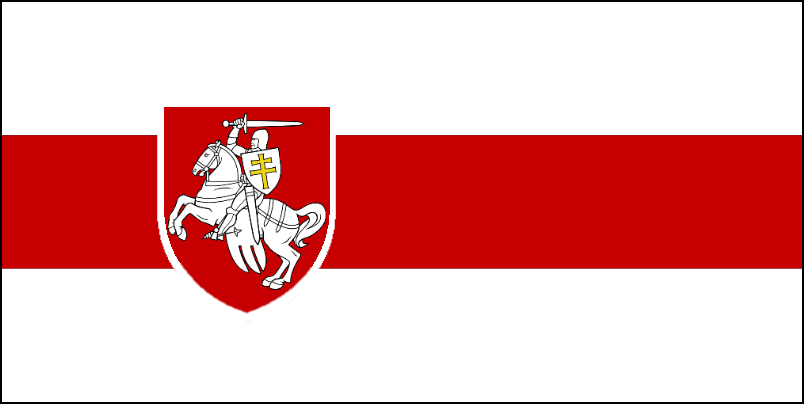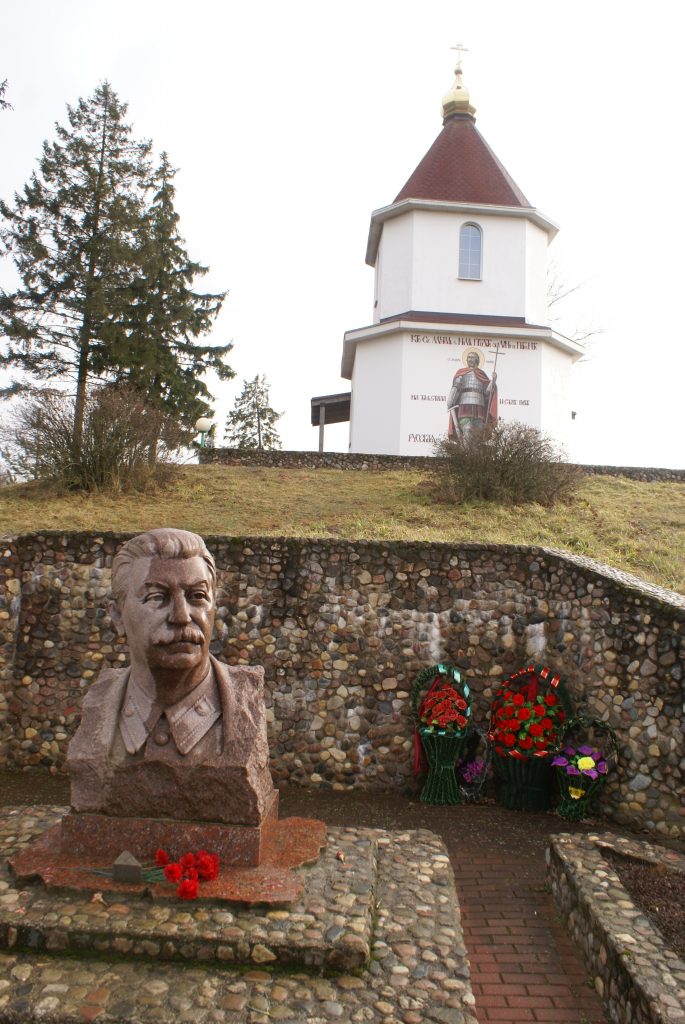“The Soup Wars” are currently raging over who owns the beetroot soup, or borscht, Russia or Ukraine. In some papers it’s called The Battle of the Borscht, while one said that the knives where out, which seems like an unhandy way to eat soup.
But the question that concerns us here is: Did the Vikings in the east eat borscht? Probably not, as the first documented mention of borscht is in Domostroy, a 16th century Russian cookbook with some handy moral advice thrown in.
But people largely agree that borscht originated in what is now Ukraine, so it may have been eaten there much earlier. In fact, the soup reference in the Domostroy is an entirely different soup, here also called borscht, with wild hogweed grass and a light beer made from fermented bread.
So what did the Vikings actually eat? This will be discussed in some detail on a webinar next week hosted by culinary archaeologist Daniel Serra.
Click here if you wish to attend: https://www.facebook.com/events/988015935051696
Meanwhile, if you want to know more about the Soup Wars, you can follow this link to the New York Times article: https://www.nytimes.com/2020/11/04/world/europe/russia-ukraine-borscht.html


